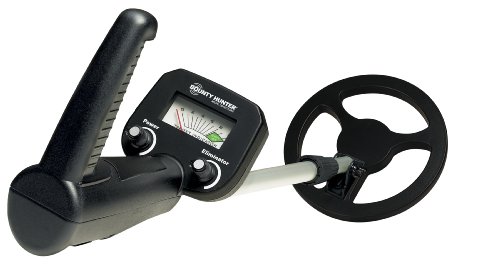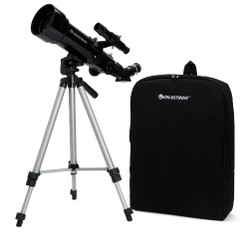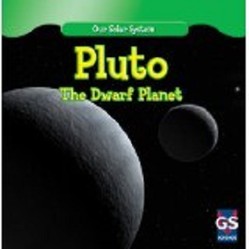What is a meteor? A meteor is something that enters the Earth’s atmosphere from outer space. As long as it is in the atmosphere it is called a meteor. After it reaches the ground it is called a meteorite. Few meteors survive the trip through the earth’s atmosphere. But, as they pass through the atmosphere, even though most are very small, they heat up due to friction and give off a bright glow as they vaporize. We call these glowing objects shooting stars, but they might be the size of a grain of sand.
Some of the heated material can condense into small round pieces of metal visible only under a microscope. These are called micrometeorites when they come to the ground. The best way to find micrometeorites, at least the metallic ones, is to catch rainwater, then collect them with a magnet. Wrapping the magnet with plastic wrap allows you to detach them from the magnet, and place them beneath a microscope for viewing.
Before a meteor enters the atmosphere they are not called meteors. Some are asteroids, others are comets or fragments of a comet.
Image from Amazon.













 Mardi Gras Collectibleson 02/02/2023
Mardi Gras Collectibleson 02/02/2023
 Choosing a Christmas Table Centerpieceon 11/14/2022
Choosing a Christmas Table Centerpieceon 11/14/2022
 S.T.E.M. Study Models Enhance Science Learningon 09/01/2022
S.T.E.M. Study Models Enhance Science Learningon 09/01/2022
 Studying Mathematics, the Techniqueson 09/01/2022
Studying Mathematics, the Techniqueson 09/01/2022



Comments